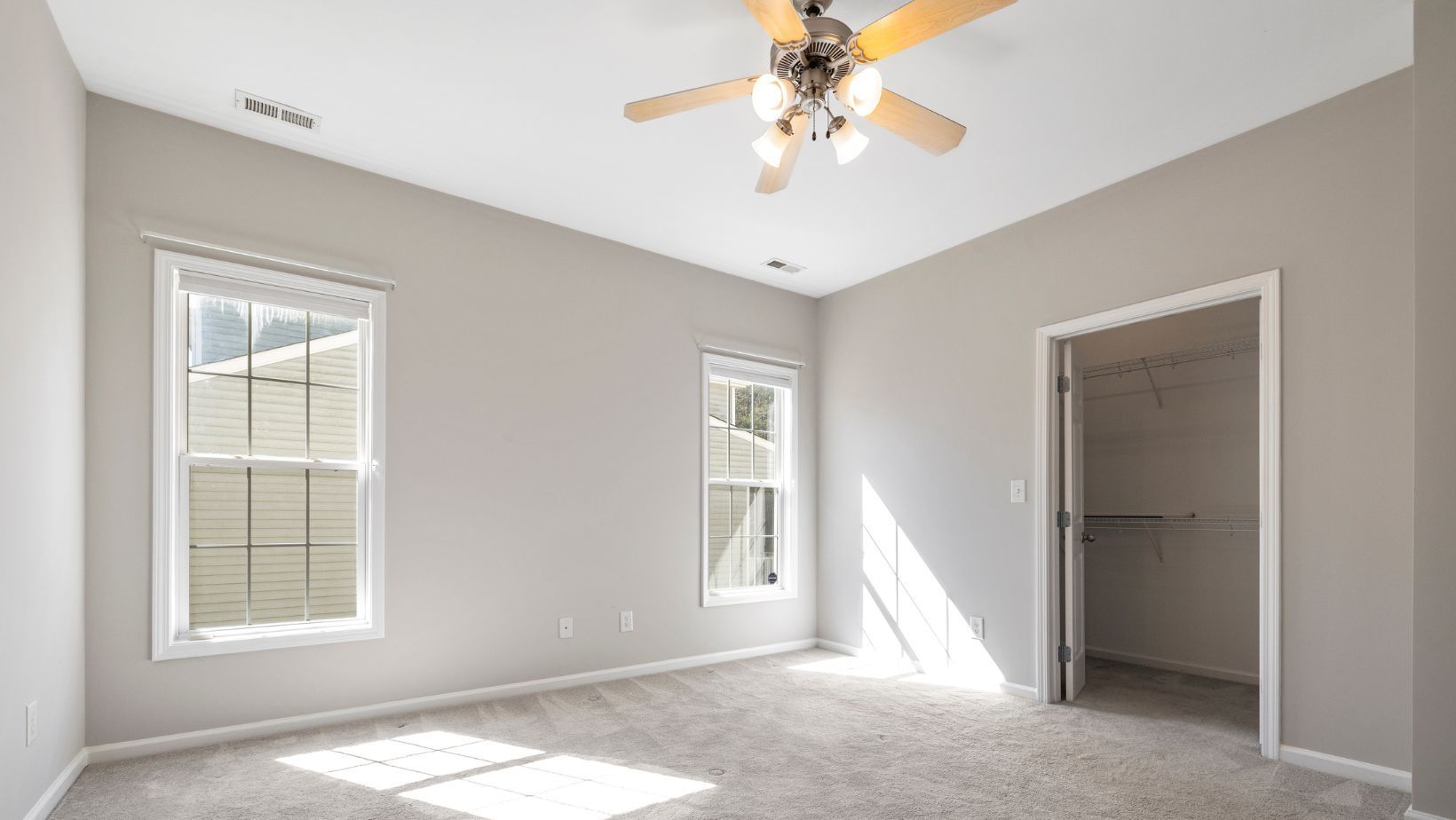Mortgagee Sales Buyers Beware
Sirpa Gunn • April 24, 2019
The risks of buying a property at Mortgagee Sale

There may be some bargain properties up for grabs at mortgagee sales but buyers need to beware. Purchasing at mortgagee auction is not without its risks.
Buying a property at auction is quite different from negotiating on a standard Sale and Purchase Agreement through a real estate agent. Apart from the fact that purchasers get caught up in the excitement and pressure of the auction day they are also bidding to purchase the property unconditionally. This means that they need to have done their homework and satisfied all of their conditions (finance, LIM report, builders report etc) prior to the auction.
Mortgagee auctions differ further from standard auctions in that the owners of the property have defaulted on their loan repayments and the bank, after giving them the required notice, has foreclosed and is selling the property. The auction agreement that purchasers sign at a mortgagee sale does not include many of the standard fine print clauses that are there to protect purchasers in the usual Agreements for Sale and Purchase of Real Estate and auction agreements.
Some of the additional risks purchasers face buying at mortgagee auction are:
1. Not getting vacant possession on settlement date
In a standard property purchase the vendor is required to give the purchaser vacant possession on settlement date unless the purchaser has specifically agreed to take over a tenant. This is not the case with mortgagee sales where it becomes the purchasers responsibility (and cost!) to evict any tenant or old owner. The purchaser is also limited by the fact they can only start the eviction process once they are the legal owners of the property which is after settlement has occurred.
2. Not being covered for damage to the property before settlement
The mortgagee (bank/lender) will not compensate the purchaser or rectify and damage to the property which may occur between the time of the auction and the settlement date. There have been cases of disgruntled old owners who are upset that the bank is selling their house from out under them and trash the house, or strip the kitchens, bathrooms, door frames, windows etc and leave only a shell of a house. It is therefore essential to get insurance on the property from the day of the auction.
3. Chattels can be removed prior to settlement
The basic chattels that come with a standard property purchase are floor coverings, window coverings, light fittings and the stove. Other items such as dishwashers, rangehoods, heat pumps and heated towel rails are often included in the sale and listed in the sale and purchase agreement (see article Dont Forget the Chattels for more details). In a mortgagee sale situation the chattels are commonly not included in the S&P Agreement as the Mortgagee (bank) only has security over the property and the previous owner is within their rights to remove them before settlement.
4. Not viewing the property prior to the auction
Sometimes prospective purchasers do not have access to view the interior of the property prior to the mortgagee sale. This means that they are in effect buying sight unseen. It also means that the purchase may not be able to get a building inspector through the property and takes the additional risk that the property may not be structurally sound or water tight.
5. No Vendors warranties
The standard Vendors warranties are typically removed from a Mortgagee Auction Agreement. This means that mortgagee will not warrant for example that the any work done on the property complies with the local council requirements and has a Code of Compliance Certificate (CCC).
In summary mortgagee sales are very high risk
so professional advice should always be sought prior to bidding at a mortgagee auction. Contact our team of lawyers
before you go to auction!
News and articles

Lets face it lockdown meant some big changes, for us individually, as a firm, an industry and a country. Working from home took some getting used to - our team reported quite varied challenges, from mastering new technology, balancing home schooling kids with work, coping with loneliness in isolation, to struggling to work with a dog on your lap (which if you have a St Bernard like I do, is a real challenge!) and last but by no means least, missing our favourite coffee fix! The transition was seamless for our clients, as we had all the systems in place to manage files, receive calls and emails and continue business as usual. Like most industries we have seen a marked decrease in work during the lockdown as property sales practically came to a standstill. We are pleased to see the market is starting to pick up again. The drop in mortgage interest rates make it a great time to refinance and easing of LVR restrictions mean that we are now seeing many enquiries from first home buyers which is a good sign! There have been some legislative changes that allow us to witness many documents via audio visual links rather than in person. This has definitely made things easier during lockdown and we will continue to use this method Post-covid to look after clients New Zealand wide and overseas. Our team is excited to transition back to the office from Thursday 14th May. We ask that clients please continue to email, call and video conference for a while longer as we will not be open for face to face appointments at this time. We trust that you are all safe in your bubbles and looking forward to returning to normality soon! Thada, Sirpa, Michelle and the CSL Team

Many people have taken advantage of the mortgage holiday option offered by mainstream banks to provide relief during the Covid 19 crisis in New Zealand. What some people may not have considered is that this is a repayment holiday not an interest holiday. The interest keeps accruing on your loan and is added to the amount you owe the bank. After the 6 month mortgage the amount you owe the bank will have increased. Let me give you an example. Say you have a $500,000 Mortgage fixed at an interest rate of 4.25% for 20 years. The interest you will be charged for the 6 months would be $10,625. During a mortgage holiday this interest would still accrue and would be added to the overall amount you owe. After 6 months your mortgage would have increased to $510,625. You would then be charged interest on this higher amount and/or the term of your loan would be extended. I realise that for some a mortgage holiday is the only way to make ends meet at the moment, but I have also seen many people who are just taking advantage of the offer and having a break from repayments just because they can. While a mortgage holiday may give you temporary cash flow assistance you need to consider the long term cost and assess if it is worthwhile. Could switching to interest only payments work out better in the long run. This way you will reduce your payments but not increase the amount you owe. Important note: This is a discussion topic only based on the personal opinion of the author. It does not reflect the companies views or policies and is not intended to give legal, financial or tax advice








